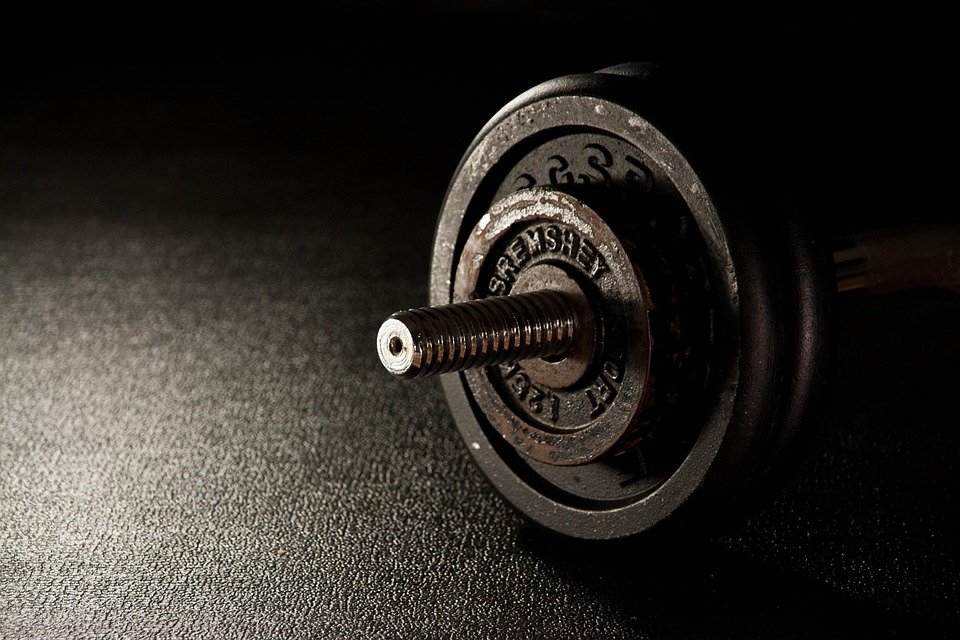Strength and size are often lumped together in gym conversations, but the truth is that while they share similarities, they rely on different physiological adaptations and require different training strategies. Understanding how to lift for each goal—based on scientific research—can help you target exactly what you want to achieve.
At its core, strength training focuses on improving the neuromuscular system’s ability to generate maximal force, while hypertrophy training (muscle building) emphasizes increasing the cross-sectional area of muscle fibers. You can improve both simultaneously, but optimizing one means adjusting your training variables.
1. Reps and Load
One of the most important differences between strength and hypertrophy training is repetition range and load.
- Strength: 1–6 reps at 85–100% of your one-repetition max (1RM).
- Hypertrophy: 6–12 reps at 67–85% of 1RM.
Research by Schoenfeld et al. (2021) shows that heavier loads (≥80% 1RM) are most effective for strength due to greater motor unit recruitment, while moderate loads (60–80% 1RM) are optimal for hypertrophy because they balance mechanical tension and metabolic stress.
2. Volume (Sets x Reps x Load)
Volume—total sets × reps × load—is critical for both goals, but in different ways.
- Strength: Moderate total volume to allow for heavy loads without excessive fatigue.
- Hypertrophy: Higher weekly volume (10–20 sets per muscle group) produces greater growth (Schoenfeld et al., 2017).
For strength, quality of load is more important than sheer quantity, while hypertrophy thrives on accumulating enough workload over the week.
3. Rest Periods
Rest time between sets can make a big difference:
- Strength: 2–5 minutes to allow for full recovery of the phosphagen energy system (Haff & Triplett, 2016).
- Hypertrophy: 30–90 seconds to increase muscle fatigue and metabolic stress, both of which stimulate growth.
4. Tempo and Time Under Tension
For strength, the goal is typically to move weight explosively on the concentric phase. For hypertrophy, slower eccentrics (2–4 seconds) and increased time under tension can promote more muscle damage and growth (Schoenfeld et al., 2014).
5. Neural vs Structural Adaptations
Strength training primarily produces neural adaptations—better motor unit recruitment, coordination, and firing rate—without necessarily adding much muscle size. Hypertrophy training creates structural adaptations—increases in muscle fiber size and glycogen storage—that improve appearance and potential for force production over time.
6. Exercise Selection and Frequency
Both goals benefit from compound lifts (squats, bench press, deadlifts), but hypertrophy also makes strategic use of isolation movements to target specific muscles.
Training frequency can vary:
- Strength: 3–4 sessions/week with longer recovery periods.
- Hypertrophy: 4–6 sessions/week, often training each muscle group twice weekly for optimal growth (Schoenfeld et al., 2016).
Takeaways
If you want to maximize strength, focus on heavy loads, low reps, long rest, and explosive movement. If your goal is size, aim for moderate loads, higher reps, more total weekly volume, and shorter rest intervals.
By aligning your training program with your goal—and adjusting variables like load, reps, volume, and rest—you’ll progress more efficiently. The Jefit app can help you track and fine-tune these factors for long-term results.Strength and size are often lumped together in gym conversations, but the truth is that while they share similarities, they rely on different physiological adaptations and require different training strategies. Understanding how to lift for each goal—based on scientific research—can help you target exactly what you want to achieve.
At its core, strength training focuses on improving the neuromuscular system’s ability to generate maximal force, while hypertrophy training (muscle building) emphasizes increasing the cross-sectional area of muscle fibers. You can improve both simultaneously, but optimizing one means adjusting your training variables.
Jefit: Your Ultimate Strength Training Companion
If you’re committed to building muscle, gaining strength, and tracking your progress effectively in 2025, the Jefit strength training app is the essential tool to help you crush your fitness goals. With over 20 million downloads and 12+ million active users, Jefit ranks among the best strength training apps available today. Named the Best Fitness App of 2024 and featured in Men’s Health, PC Magazine, and USA TODAY, Jefit combines expert-built workout programs, advanced gym performance tracking, and a supportive community to help you stay accountable and motivated. Whether you’re looking to follow a scientifically-backed muscle-building plan, monitor your lifting progress, or optimize your training intensity, Jefit gives you everything you need — all in one place.
References
- Schoenfeld, B. J., Ogborn, D., & Krieger, J. W. (2017). Dose-response relationship between weekly resistance training volume and increases in muscle mass: A systematic review and meta-analysis. Journal of Sports Sciences, 35(11), 1073–1082.
- Schoenfeld, B. J., et al. (2021). Resistance training volume enhances muscle hypertrophy but not strength in trained men. Medicine & Science in Sports & Exercise, 53(5), 825–833.
- Haff, G. G., & Triplett, N. T. (Eds.). (2016). Essentials of Strength Training and Conditioning (4th ed.). NSCA.
- Schoenfeld, B. J., et al. (2014). Effects of different volume-equated resistance training loading strategies on muscular adaptations in well-trained men. Journal of Strength and Conditioning Research, 28(10), 2909–2918.
Post Views: 5
This post is brought to you by: Source link
Lifting for Strength vs Size: Science-Backed Training Differences, 2025-08-11 13:19:00











